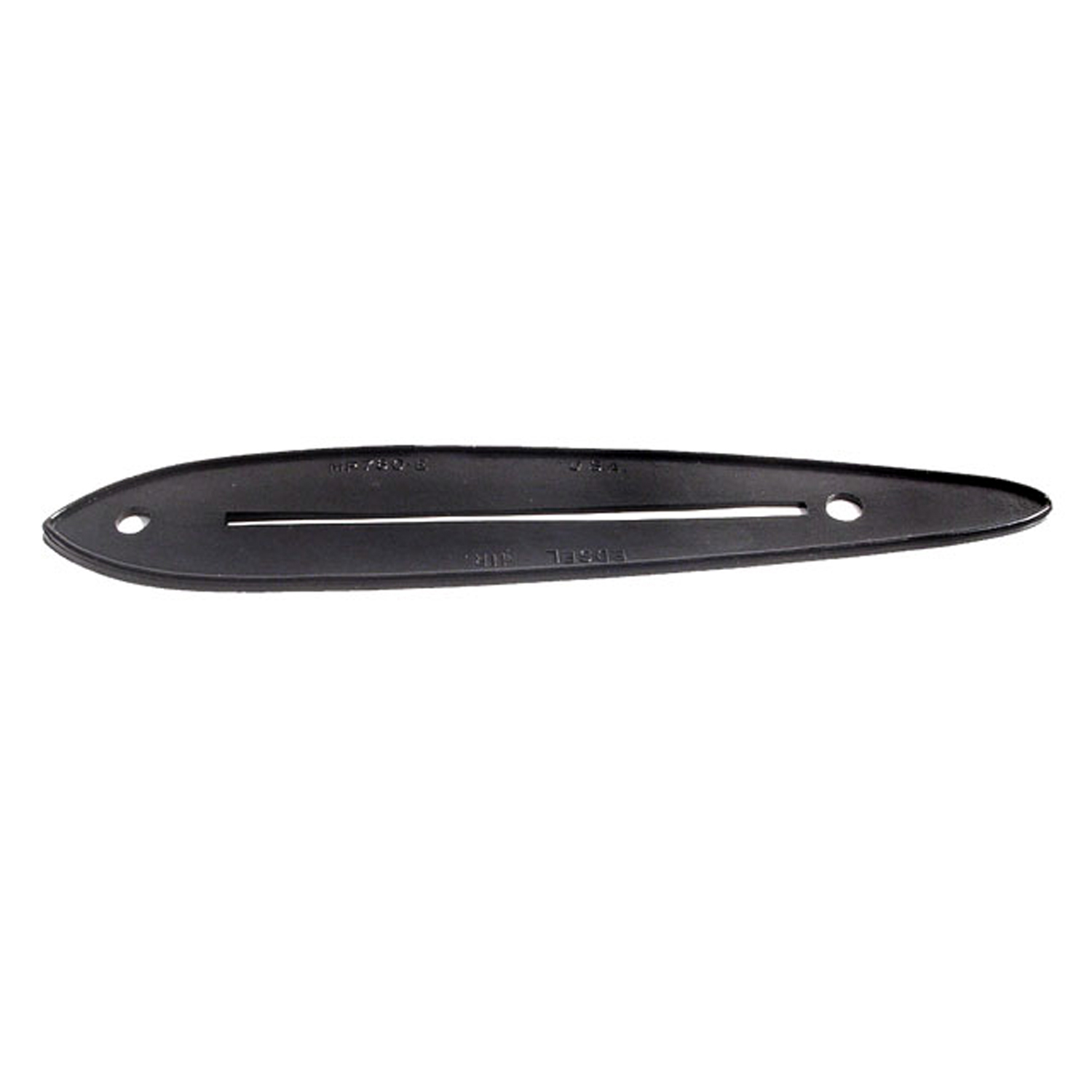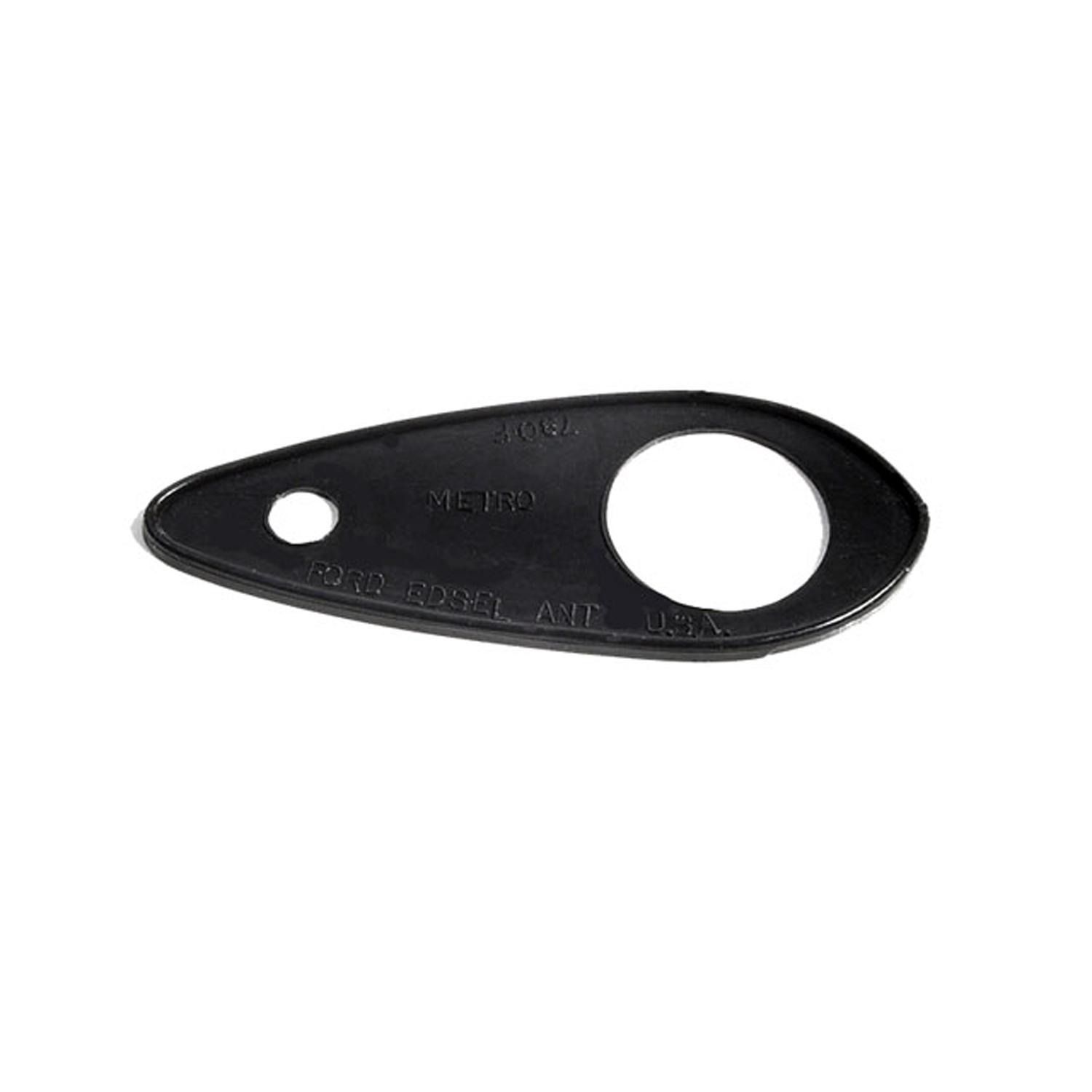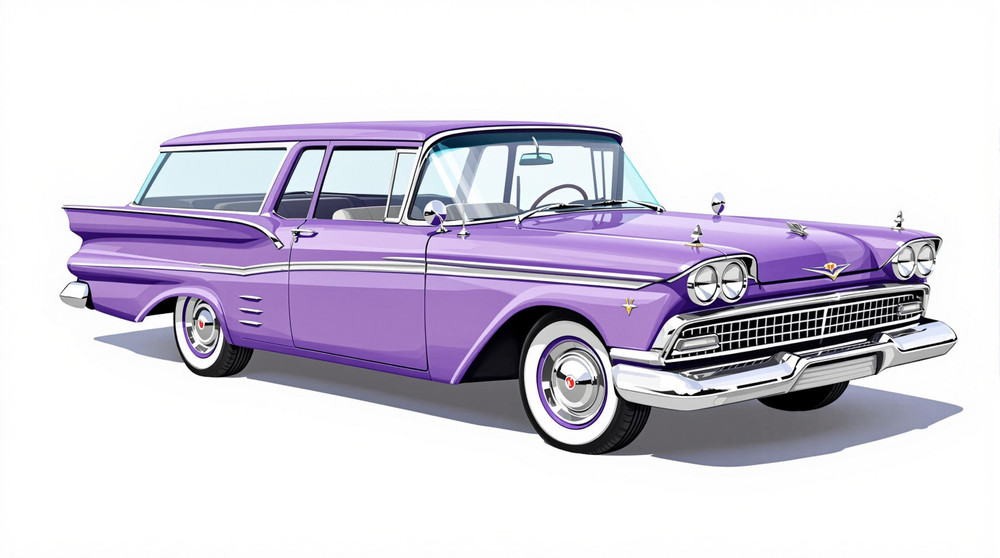Image of 1959 Edsel Villager, Note: These illustrations use artistic license and may differ from actual historical models.
Performance Metrics
Fundamental Metrics
Emotional Appeal
MMP Rating
| Engine Specifications | |
|---|---|
| Engine: | 292 CID V8, 332 CID V8, 361 CID V8 |
| Displacement: | 292-361 cubic inches |
| Horsepower: | 185-303 hp |
| Torque: | 292-390 lb-ft |
| Compression Ratio: | 8.9:1 - 10.5:1 |
| Ignition System: | Conventional points ignition system |
| Cooling System: | Liquid-cooled |
| Performance Specifications | |
| 0-60 Time: | Estimated 10-12 seconds |
| 1/4 Mile Time: | Estimated 17-19 seconds |
| Top Speed: | 100-120 mph |
| Transmission and Drive | |
| Drive Type: | Rear-wheel drive |
| Transmission Type: | 3-speed manual, 3-speed automatic |
| Fuel and Efficiency | |
| Fuel System Type: | Carburetor |
| MPG: | Estimated 10-12 mpg |
| Dimensions and Brakes | |
| Brakes: | Drum brakes |
| Wheelbase: | 120 inches |
| Weight: | 3,700-4,000 lbs |
Note: Specifications for classic cars are given to the best of our ability, considering the limited and variant data available.
The 1959 Edsel Villager: A Study in Ambition and Rarity
When the curtains were drawn back on the 1959 Edsel Villager, it was to be a moment of redemption for a brand that had faced its fair share of challenges. Birthed by the Ford Motor Company as a mid-range option for car buyers, the Edsel line sought to fill a perceived gap in the market. The Villager, with its station wagon body, was part of Edsel's second and final act—an attempt to refine and improve upon its initial offerings.
The 1959 model year was significant for the automotive industry, marking the end of a decade of post-war prosperity and design flamboyance. The Edsel Villager arrived amidst this transition, carrying with it the hopes of a brand that had become synonymous with commercial disappointment. However, it stood out with its unique features, such as the boomerang-shaped taillights and horse-collar grille—a design cue that remains distinctive to this day.
Design and Innovation
The exterior of the 1959 Edsel Villager exuded a sense of boldness that was characteristic of the late '50s automotive design language. Its long body, accented by sweeping lines and chrome trim, presented an image of space-age optimism. Inside, passengers were treated to an array of color-coordinated fabrics and patterns that spoke to the era's love for style and comfort. The use of materials aimed to convey a sense of luxury that belied the vehicle's mid-range status.
Technologically, the Villager offered innovations like the Teletouch automatic transmission system, which allowed drivers to shift gears via push-buttons on the steering wheel hub—a feature that was ahead of its time. Color options ranged from conservative single tones to eye-catching two-tones, with names like "President Red" and "Mist Green" capturing the imagination of buyers.
While available in several body styles including sedans and convertibles, it was the Villager station wagon that left an indelible mark on automotive history. It epitomized family travel during an era when road trips were becoming part of the American dream.
Historical Significance
The Edsel brand's journey is often cited as a cautionary tale in marketing and product development circles. Yet, despite its struggles, vehicles like the 1959 Villager contributed to important discussions about consumer research and brand positioning within Ford and across the industry. The Villager's design elements would echo in future models from various manufacturers, indicating that even in failure, there can be lasting influence.
Performance and Handling
The 1959 Edsel Villager was powered by a range of V8 engines that promised robust performance for its time. While top speed figures were respectable, it was not designed as a speed demon but rather as a reliable family hauler. Handling was typical for wagons of the era—steady on straightaways but less agile on twisty roads. Drivers could expect a smooth ride thanks to suspension tuning geared towards comfort over sportiness.
The auditory experience ranged from a gentle hum on idle to a satisfying roar under acceleration—a reminder that beneath its utilitarian purpose lay the heart of American V8 muscle.
Ownership Experience
The Villager found use in various capacities—from daily errands to cross-country adventures—though its tenure in driveways was cut short by Edsel's early demise. Maintenance is akin to other vehicles from the era; straightforward mechanicals make it relatively easy for classic car enthusiasts to keep running. However, finding parts can be challenging due to limited production numbers.
Fun Facts
The 1959 Edsel Villager holds a special place among collectors due to its rarity and unique design features. While not known for breaking speed records or starring in blockbuster movies, it has appeared in period films and television series set in the late '50s. Criticisms often centered around its unconventional styling choices—features that ironically contribute to its appeal today.
Collector's Information
With only two years of production under its belt before Ford pulled the plug on Edsel, survivors like the '59 Villager are rare finds indeed. Estimates suggest that fewer than 10,000 units were produced across all wagon variants for that year. As for value range, pristine examples can fetch upwards of $20,000-$30,000 at auction or private sale—a testament to their desirability among classic car aficionados.
Conclusion
The story of the 1959 Edsel Villager is one woven with threads of ambition, innovation, and ultimately redemption as it finds new life among collectors who appreciate its unique place in automotive history. Its blend of distinctive styling cues and classic American wagon utility ensures that it remains more than just a footnote—it's an enduring symbol of an era when cars were as much about making statements as they were about transportation.
1959 Edsel Villager Catalog of Parts
 1959 Edsel Villager Mirror Pad. 1-3/8" wide X 7-1/4" long. Each-MP 780-EMirror Pad. 1-3/8" wide X 7-1/4" long. Each
1959 Edsel Villager Mirror Pad. 1-3/8" wide X 7-1/4" long. Each-MP 780-EMirror Pad. 1-3/8" wide X 7-1/4" long. Each 1959 Edsel Villager Antenna Pad. 1-5/8" wide X 3-5/8" long. Each-MP 780-FAntenna Pad. 1-5/8" wide X 3-5/8" long. Each
1959 Edsel Villager Antenna Pad. 1-5/8" wide X 3-5/8" long. Each-MP 780-FAntenna Pad. 1-5/8" wide X 3-5/8" long. EachWhy Choose Metro?
For over 100 years, Metro Moulded Parts has been the pinnacle of quality in classic car restoration parts. Our commitment to precision and authenticity in every component ensures a perfect fit and an OEM-level appearance.
- Expert Craftsmanship & Quality: Each part is a testament to our dedication to reliability and perfection, crafted from original designs and thoroughly tested.
- Advanced Technology: We use cutting-edge techniques to create flawless, long-lasting parts that surpass others in performance.
- SuperSoft Sponge – The Ultimate Door Seal: Not only are our door seals 30% softer than competitors', but they're also guaranteed to never leak. They effectively reduce wind and road noise, enhancing your classic car's comfort and driving experience.
- Proudly American: Our parts are a product of American craftsmanship, made in the USA with a spirit of excellence and heritage.
- Unrivaled Warranty: We back our products with a 30-year industry-leading warranty, a testament to our confidence in their quality.
Join us in preserving the legacy of classic cars with parts that are crafted for perfection, not just made.

